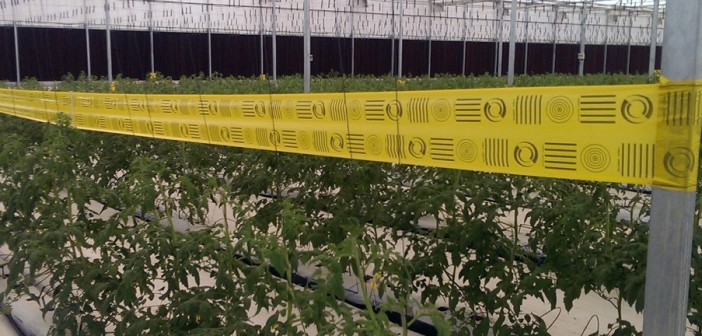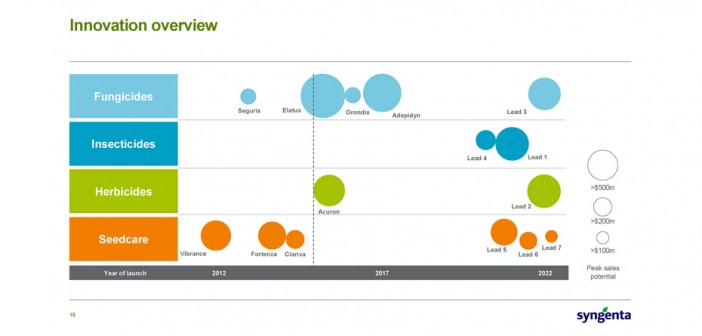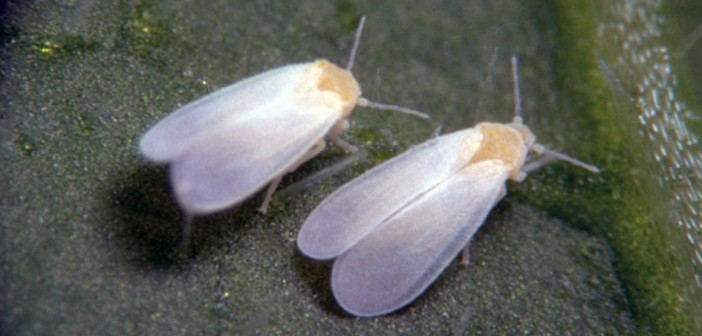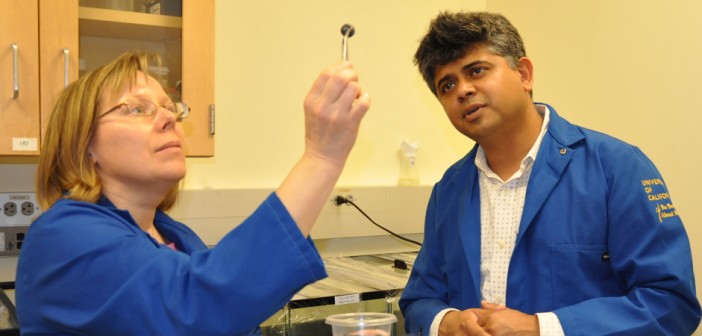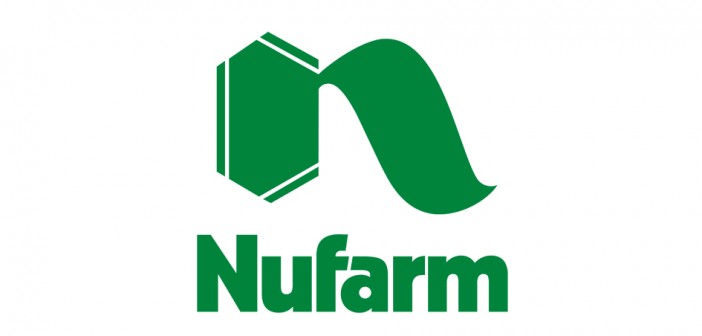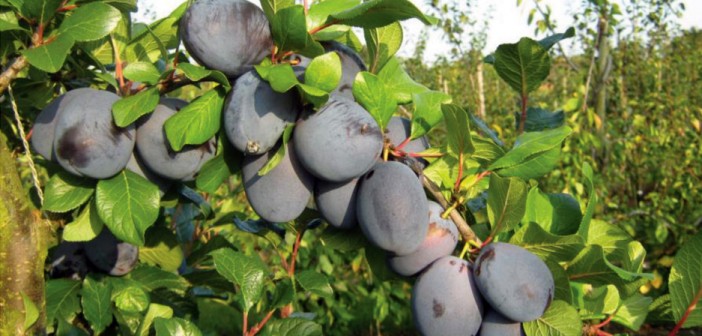A new carrot fungicide from Syngenta, launched at the British Carrot Growers Association Carrot Open Day earlier this month, enhances green leaf and provides exceptional disease control Say the manufacturers.
Reflect combines a dual action of enhancing plant green leaf health and controlling a broad spectrum of diseases. The active ingredient isopyrazam has been shown to produce visibly greener leaf canopies. Utilising latest NDVI technology, greener crops can be measurably more effective in capturing sunlight, and converting energy to yield. Enhanced light capture also gives the potential to increase sugar carbohydrate levels in roots.
Syngenta Field Technical Manager, Pete Saunders says that green leaves and upright foliage prolongs photosynthetic activity that could lead to greater yield. “Furthermore, it will help growers to extend top lifting, which is faster and cleaner,” he added. “It also gives longer frost protection that can reduce costly straw down and improved root quality.”
Mr Saunders also said that Reflect delivered excellent control of Alternaria and Powdery Mildew, which ensured a clean and healthy crop. The strong healthy foliage would significantly reduce the crop’s susceptibility to Sclerotinia. Independent trials have shown incorporating two applications of Reflect, as the second and fourth sprays in a commercial carrot fungicide programme, retained over 50% more disease free green leaf at the end of the season, compared to using a strobilurin + triazole fungicide at the same timings.

The post New Reflect gives green light for higher carrot yields appeared first on Hort News.
